The livestock industry is still facing many problems and difficulties related to the market and diseases, directly affecting the competitiveness and economic efficiency of livestock farmers. For the livestock industry to develop sustainably, there needs to be synchronous solutions from breeds, feed, technology to production-consumption chain management.
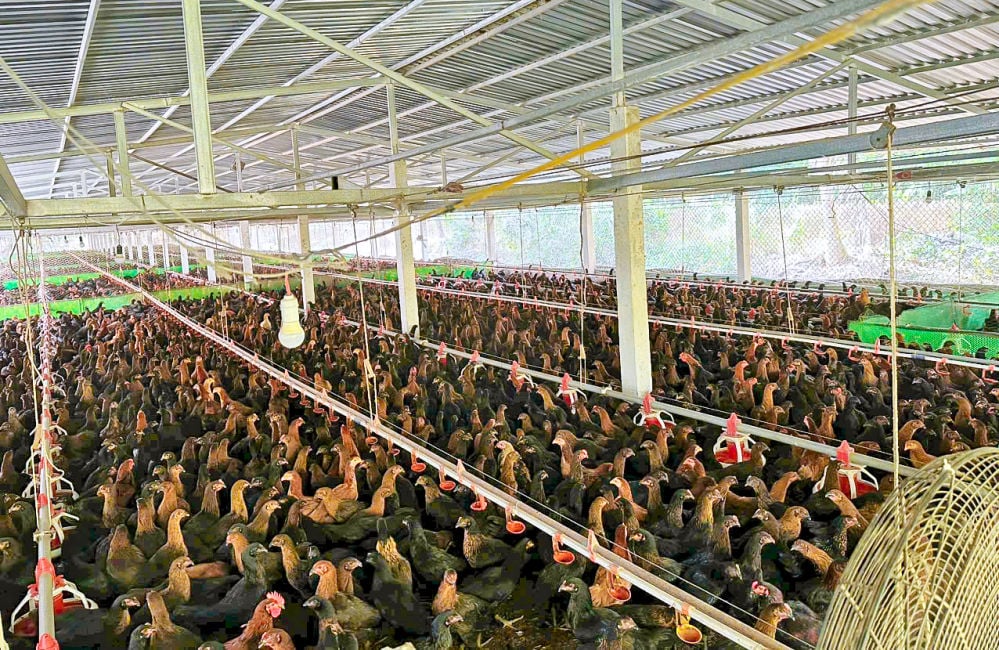 |
| The livestock industry needs to be strongly restructured towards professionalism, sustainability and value chain linkage. |
Many risks and challenges
The livestock industry is facing great pressure from input material prices, operating costs and increasing market demands. Accordingly, the main difficulty now is that feed costs account for up to 70% of total costs, while imported raw materials dominate and competition from cheaper imported meat.
Without increased processing and cold storage capacity, the market could fall into a state of shortage or local surplus during peak seasons. In addition, the situation of African swine fever and avian influenza still poses many potential risks. Most outbreaks occur in small-scale farms that do not ensure biosecurity conditions.
In addition, the quality of breeding stock, production methods, management efficiency, and livestock management still have many problems. In particular, the fragmented and small-scale production structure is an important cause. Most households have not yet reached medium and large-scale livestock farming, and have not effectively applied technology in management, feed mixing, or waste treatment. Livestock productivity is low, consuming a lot of fuel and labor, leading to higher average production costs compared to large-scale industrial farms.
In particular, the lack of chain linkage in production and consumption makes the livestock industry unstable in value and has low resilience. Not to mention, the increasing requirements for quarantine, environmental sanitation, and biosafety, although necessary, also contribute to increased costs, especially for small-scale livestock farmers.
Ms. Nguyen Huynh Nga - Deputy Head of the Department of Animal Husbandry and Veterinary Medicine said: In recent times, the industry has increased propaganda and mobilized livestock farmers to vaccinate livestock and poultry, strengthen quarantine of animals and animal products imported and exported from the province, and carry out a month of general cleaning, disinfection, and environmental decontamination. However, animal diseases still occur, with the potential risk of spreading, especially during the changing seasons and when the weather changes erratically.
Since the beginning of the year, the province has had 2 cases of avian influenza in 2 communes, destroying 3,790 chickens; 6 cases of rabies in dogs, 8 cases of African swine fever in 8 communes, destroying 227 dogs, total weight 8,648 kg. All cases have been controlled, 4 cases of African swine fever have not passed 21 days.
Safe livestock farming, linked to the value chain
According to the relevant authorities, reducing livestock farming costs and ensuring meat supply in the final stage of 2025 is an important task for the livestock industry. However, if livestock farmers massively re-raise their herds and do not control costs well, high production costs will cause farmers to lose profits or even suffer losses. Therefore, reducing livestock farming costs along with re-raise livestock are two tasks that always go hand in hand at this time.
Faced with the complicated developments of natural disasters and epidemics, localities need to proactively develop plans to restore herds, focus on ensuring biosafety in livestock farming, and gradually transform livestock farming models from small-scale to concentrated, large-scale.
Mr. Le Van Dong - Deputy Director of the Department of Agriculture and Environment said that in livestock farming, the most important factor is ensuring biosecurity, the foundation for optimizing animal health and productivity. When farms control this issue well, veterinary costs and disease risks will be significantly reduced, thereby improving production efficiency. To optimize costs, farmers need to choose high-yielding, stable-quality breeds and control them well right from the input stage.
Livestock care needs to be closely managed to ensure growth rates, reduce losses and veterinary costs. Accordingly, biosecurity is the only way to protect assets and optimize costs in livestock farming. This model essentially limits pathogens from entering livestock herds, is not too expensive and is easy to apply, especially for smallholders. The cost of contactless farming does not increase much, the main issue is changing awareness.
Mr. Pham Kim Dang - Deputy Director of the Department of Animal Husbandry and Veterinary Medicine emphasized that the livestock industry has made a great contribution to ensuring food sources for nearly 100 million Vietnamese people, and is entering a new development phase with many intertwined opportunities and challenges. Currently, the proportion of small-scale farmers still accounts for more than 30%, requiring strong restructuring towards professionalism, sustainability and value chain linkage.
2026 will be a pivotal year for the livestock industry to enter a more sustainable development phase, aiming for four goals: better productivity, better nutrition, better environment and better life for livestock farmers. In addition to the role of households, the cooperation of enterprises in research, crossbreeding and developing high-quality breeds will create strong momentum for the industry. In the new context, livestock farming not only needs appropriate mechanisms and policies but also needs the support of the media to contribute to raising social awareness of safe, modern and sustainable livestock farming.
Article and photos: NGUYEN KHANG
Source: https://baovinhlong.com.vn/kinh-te/202510/huong-den-phat-trien-nganh-chan-nuoi-ben-vung-84d038c/








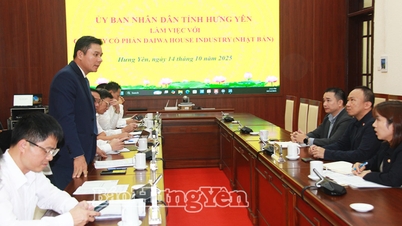



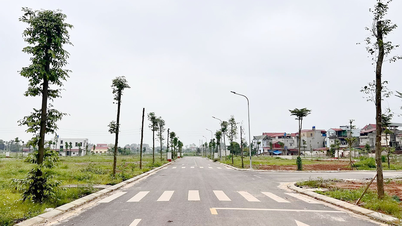

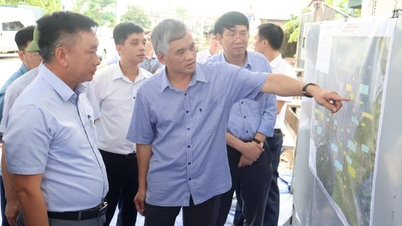









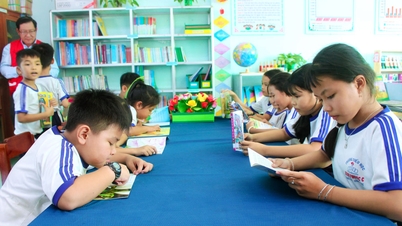
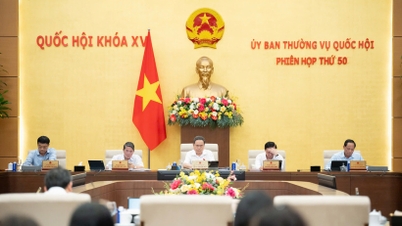

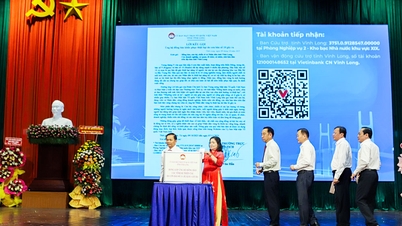
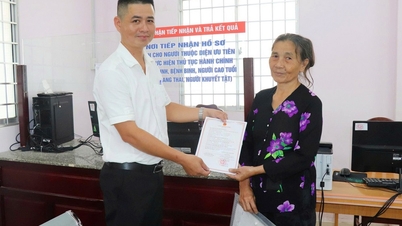





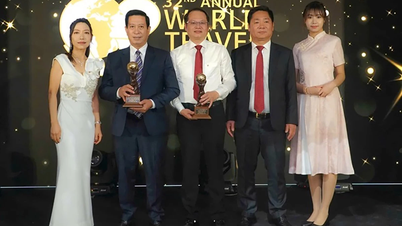

















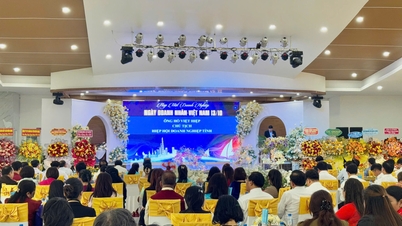

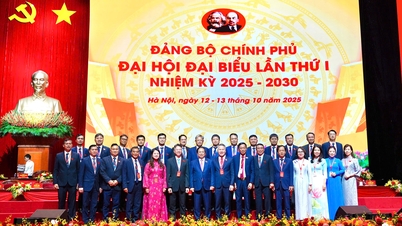
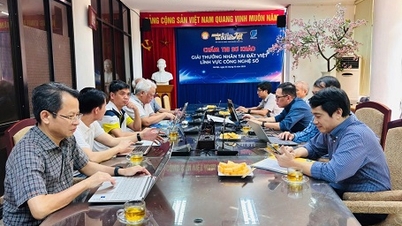













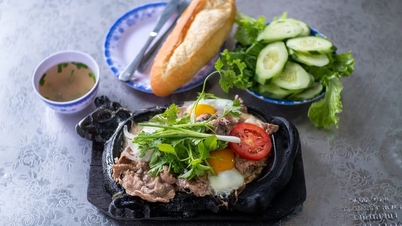



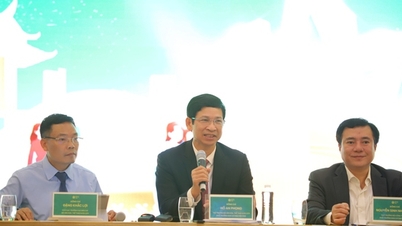

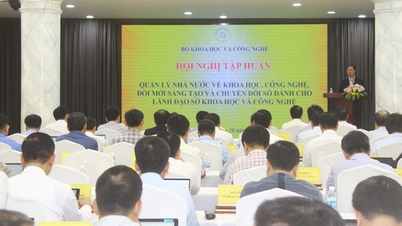

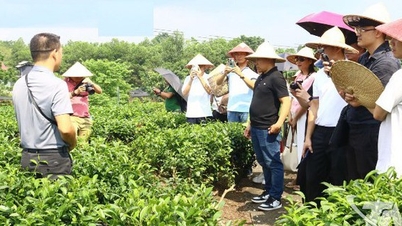

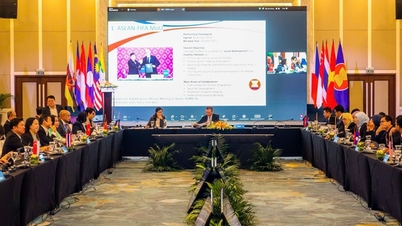

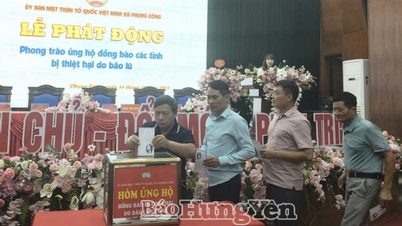
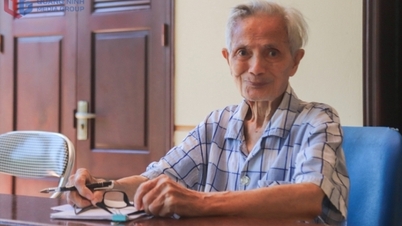

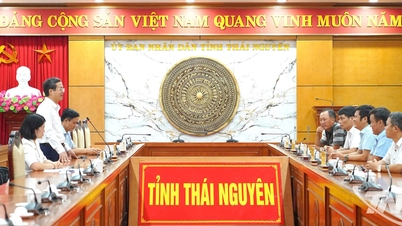

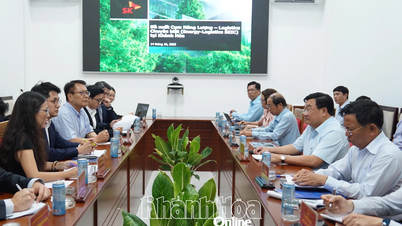

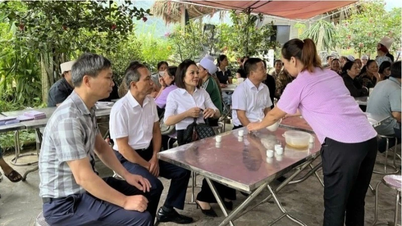










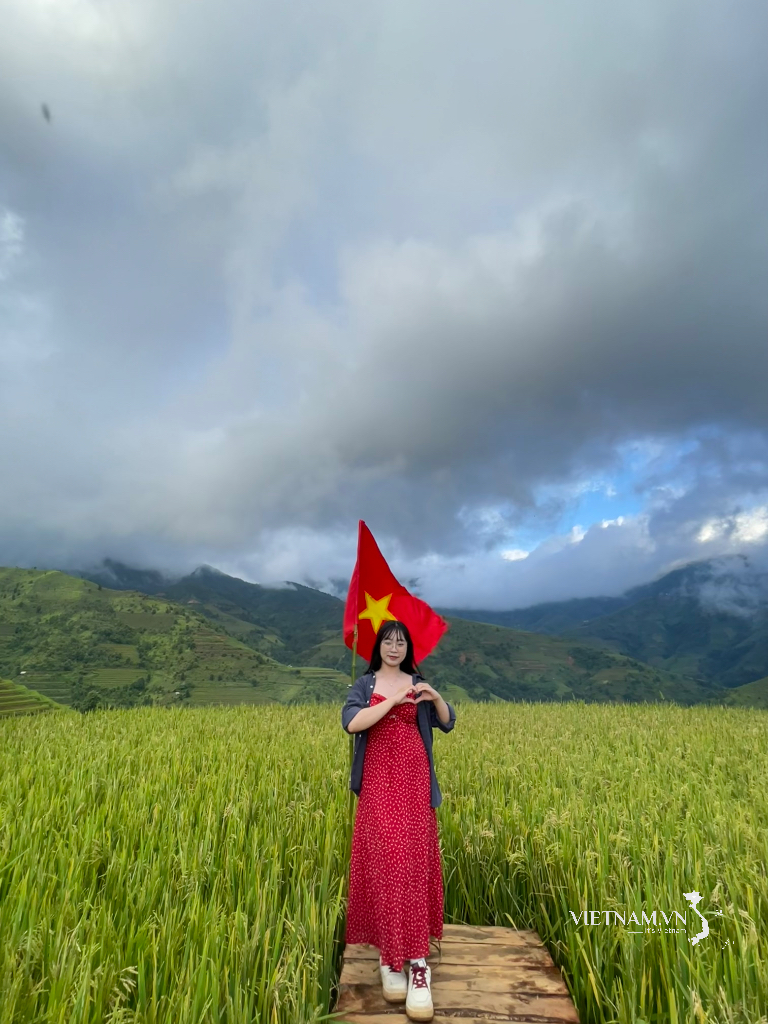


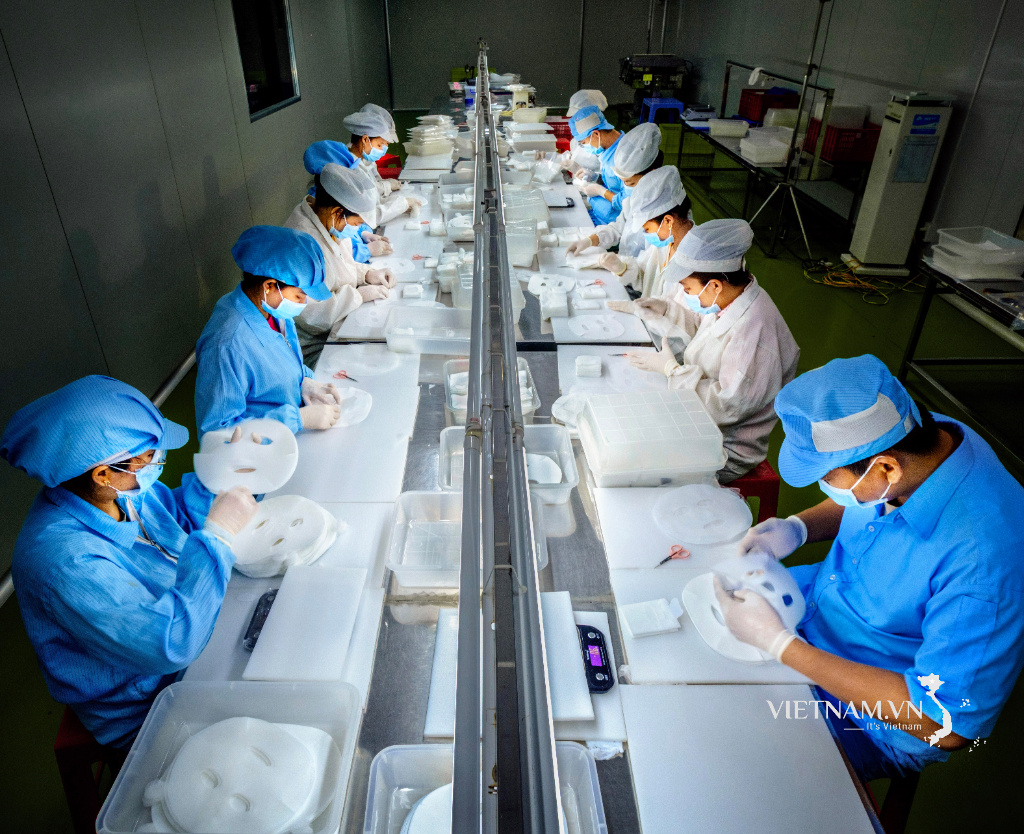
Comment (0)